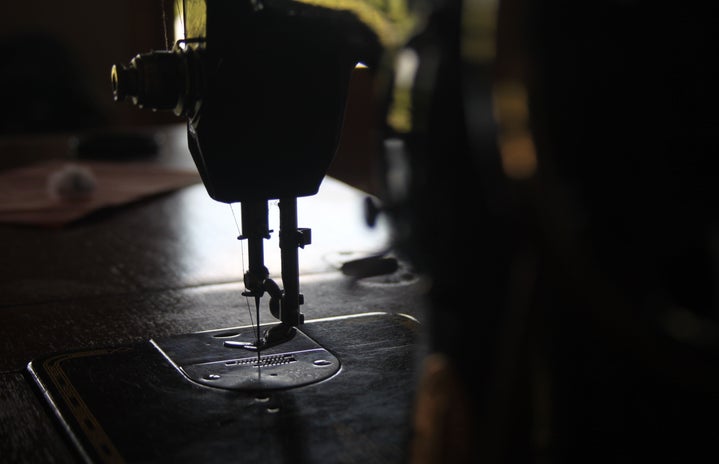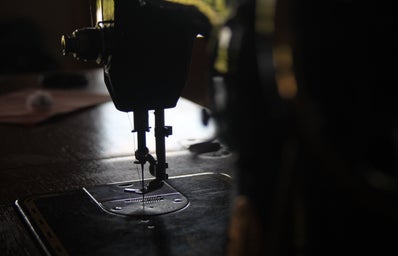Ah, public education.
While public school was the place I learned core skills and had important experiences, it’s interesting how students nationwide share numerous eerily similar memories of their time in public school, many being so bizarre that they lead us to question, “why was that a thing?” and “did that actually happen?” (See: health class / sex education, lockdown drills, creepy teachers, etc.).
This includes my memories of hours spent in Family and Consumer Science, which was my school’s rebranded version of Home Economics, a course that was compulsory to take and, I’ll admit, took nothing from.
No, I am not complaining that I got to spend an hour every other day for a year learning how to knead dough and skin an apple from an elderly, staunchly religious baby boomer since it was admittingly somewhat therapeutic. What I take issue with is the inadequate utilization of this course, which, at its roots, could be used to teach teenagers more relevant skills—many of which we are thrown into adulthood without knowing. Home Ec. is in major need of a modern makeover.
According to the International Encyclopedia of Marriage and Family, the term “Home Economics” arose in 1899 with the Lake Placid Conferences, where advocates coined the term and determined a definition for the area of study they would advocate to be implemented in schools across the country. The 1917 Smith-Hughes Act introduced federal funding for these courses, which were primarily designed to train women to efficiently manage their household duties and be a good consumer, as an increasing number of products were released with the intent of appealing to the homemaker.
At times, these classes were even viewed as furthering feminist efforts, in encouraging education of women, especially during World War II, when women began to hold customarily male positions while still taking care of household dutiesc and contributing to war efforts. Traditionally, the courses taught women domestic skills including cooking, sewing, childcare, etc. Objectively, the curriculum has majorly remained the same up until current day, although enrollment is no longer limited to middle and upper class women.
In this modern era, homemaking is entrusted not only to women, but to all genders. A byproduct of this is that people of all genders may also be the ones to leave the house to work, and manage household finances, creating the opportunity for all parties in any relationship to utilize both domestic skills and those required economically/practically outside the confines of the home. Thus, it would make sense for Home Economics to be transformed into more of a hybrid of skills for in and out of the home, thoroughly preparing adolescents for their adult life.
For example, throughout high school, I never learned how to do my taxes or change a tire, but I did learn how to bake a pie. Incorporating skills like doing your taxes, which are extremely relevant regardless of gender in modern society, could far better utilize the time dedicated to Home Economics, modernizing it and better preparing youth. Skills that are already incorporated into most Home Ec. curriculums, such as sewing on a button or baking, could continue to be taught as well, but scaled back to only what is necessary and relevant in the twenty-first century, so as to provide students with a better rounded education of essential life skills.
Rather than doing away with outdated Home Economics type classes altogether, these improvements could create an extremely meaningful staple in public education.



